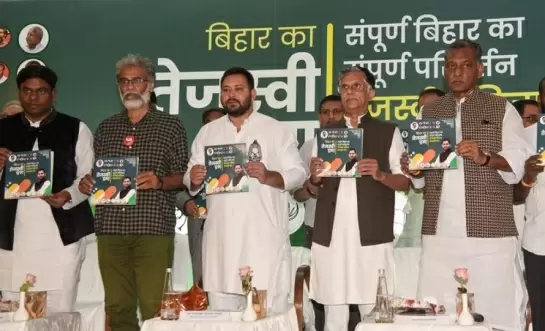Credit growth muted in Sep'19, gross NPA may rise by Sep'20
27-December-2019
The banking sector mess continues with scheduled commercial banks' (SCBs) credit growth remained muted at 8.7 per cent year-on-year (y-o-y) in September 2019 and the gross GNPA ratio remained unchanged at 9.3 per cent between March and September 2019 for these banks and likely to rise to 9.9 per cent by next September, the RBI said in a report.
Macro-stress tests for credit risk show that under the baseline scenario, SCBs' GNPA ratio may increase from 9.3 per cent in September 2019 to 9.9 per cent by September 2020 primarily due to change in macroeconomic scenario, marginal increase in slippages and the denominator effect of declining credit growth, said the RBI in the Financial Stability Report.
During the period till September 2019, though private sector banks registered double digit credit growth of 16.5 per cent, SCBs' gross non-performing assets (GNPA) ratio remained unchanged at 9.3 per cent between March and September 2019, it said.
The RBI, however, said the financial system remains stable despite weakening domestic growth.
"India's financial system remains stable notwithstanding weakening domestic growth and risks arising out of global/domestic economic uncertainties and geopolitical developments, however, persist. Resilience of banking sector has improved following recapitalisation of PSBs by the government," the Financial Stability Report said.
The SCBs' capital adequacy ratio improved significantly after the recapitalisation of public sector banks by the government and the Provision Coverage Ratio (PCR) of all SCBs rose to 61.5 per cent in September 2019 from 60.5 per cent in March 2019, implying increased resilience of the banking sector.
As per network analysis, total bilateral exposures between entities in the financial system registered a marginal decline in quarter ended September 2019. Among all the intermediaries, private sector banks saw the highest y-o-y growth in their payables to the financial system, while insurance companies recorded the highest y-o-y growth in their receivables from the financial system. Commercial Paper (CP) funding amongst the financial intermediaries continued to decline in the last four quarters.
The size of the inter-bank market continued to shrink with inter-bank assets amounting to less than 4 percent of the total banking sector assets as at end-September 2019. This reduction, along with better capitalisation of PSBs led to a reduction in contagion losses to the banking system compared to March 2019 under various scenarios relating to idiosyncratic failure of a bank/non-banking finance company (NBFC)/housing finance company (HFC) and macroeconomic distress.
The Reserve Bank has initiated policy measures, to introduce a liquidity management regime for NBFCs, to improve the banks' governance culture, for resolution of stressed assets and for the development of payment infrastructure.
It has accepted some of the key recommendations of the Task Force on Offshore Rupee Markets viz., allowing domestic banks to freely offer foreign exchange prices to non-residents and allowing rupee derivatives (with settlement in foreign currency) to be traded in International Financial Services Centres (IFSCs).IANS
Cyclone Montha Nears AP Coast With 100 kmph Winds; Ports Hoist Danger Signals
LTIMindtree Wins Multi-Year $100 Million IT Contract With US-Based Firm
Minister Urges Humane Deportation Process After 50 Haryana Youths Sent Back from US
Messi-Kerala Row: Congress, BJP Allege Financial Irregularities in Stadium Deal
Puzhi Payani: The Lost Tamarind Delicacy of Kanyakumari









